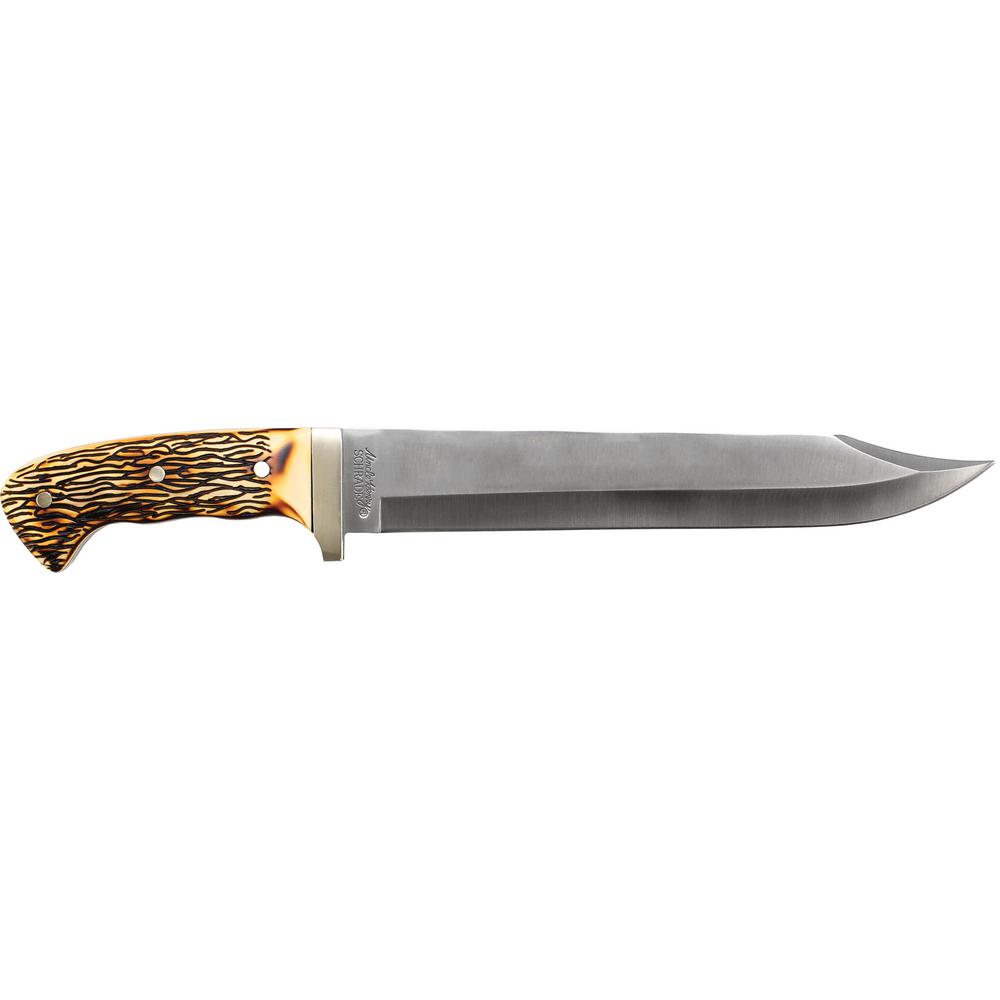So my question is,,, I think revolvers were invented before semi’s. If they are so much more complex,,,,why??
A fair question if you don't know much about firearms history and technology.
Revolvers were definitely invented before semi autos, by a good half century or a bit more.
And, well before self contained cartridges. Without looking it up, I believe Colt's first production revolver was the Patterson model and I think it was around 1836 or so. At this time,. the percussion cap was still cutting edge tech. and Colt came up with a mechanism, reportedly inspired by a ship's wheel, to revolve and line 5, later 6 chambers up with a single barrel.
You can build a revolver that is "muzzle loaded" with a cap, loose powder and a ball. You simply cannot do that with an autoloader.
Also, a semi auto action won't work very well with black powder.
It took until the later 1860s for black powder cartidges to arrive and they didn't reach their zenith until the 1870s. Smokeless powder didn't arrive until the later 1880s and it was in the mid 1890s that the first successful and somewhat practical semi autos were made. SO, you've got over half a century of people making revolvers, and understanding how they work before the very first semi autos show up.
And, look at the early autoloaders, they are more complex than todays standards. The Mauser C-96 is a "nightmare" by modern standards, and worse was the Borchardt. Hugo Luger redesigned the Borchardt, and created the now famous Luger about 1900. The 9mm Luger round arrived in 1902, and it wasn't until 1908 that the pistol and that round became the German military standard. (interestingly the German Navy adopted the Luger a couple years before the Army did)
Browning was building various designs after 1900 his work with the tilt barrel concept proved a game changer. When his design became the US 1911 pistol, things took off and never looked back. While there are other locking systems used Berretta, Walther), some variation of the Browning tilt barrel design is the overwhelming "standard" for service pistols around the world today.
SO, to answer the question of why revolvers are more complex than semis, the main reason is that they were invented at a time when semi's were not possible, and since they worked, there was never much drive to simplify the mechanism. In fact, making them DA increased the complexity of the mechanism. But again, DA revolvers actually also predated semi autos as well. by the beginning of the 20th century DA revolver designs had evolved to very durable and dependable firearms, which would give a lifetime of service.
With semi autos there was a nearly constant pressure to evolve, once they reached the point of being suitable for military use, their use in war provided huge pressure to make them better, and ultimately simpler and cheaper.
Germany stopped making the P.08 Luger in 1942. Think of that. Right in the middle of WWII they stopped making the pistol they had been using since 1908. The reason was the complexity of the mechanism, and the cost (in terms of labor and machine tool time) was more than they could afford, since they had a simpler to produce replacement, the Walther P.38.
Since WWII designers have focused on making their semi's as simple/cheap to produce as they deemed practical, and some designs made great advances in those directions.

